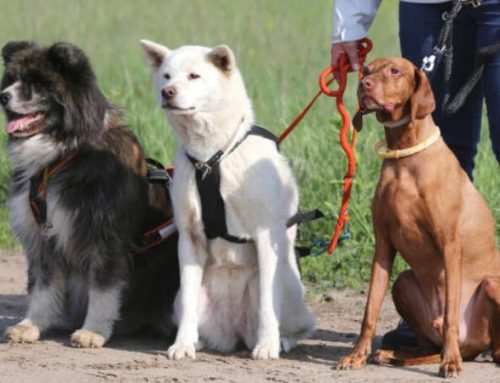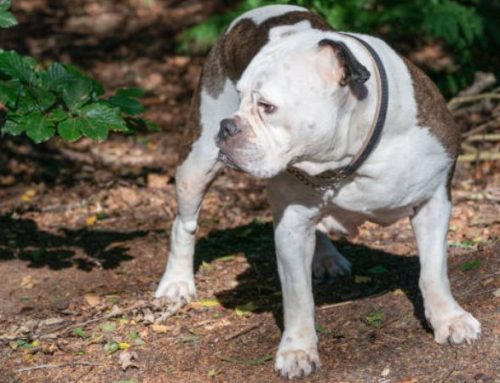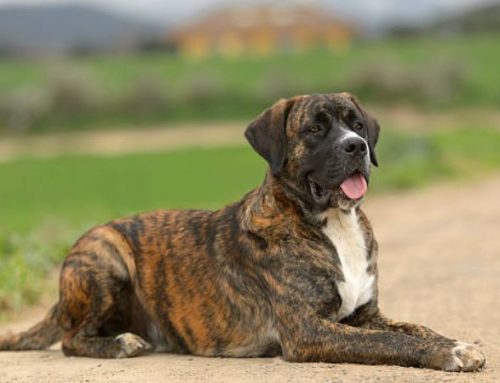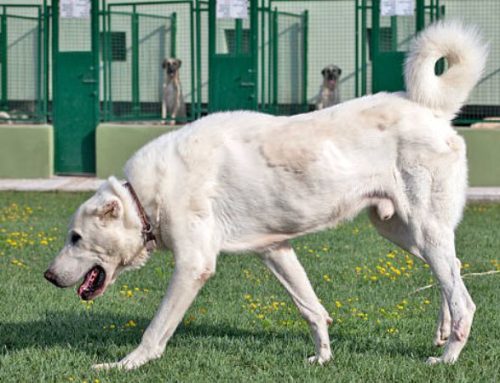Hairless dogs are unique not just in appearance, but also in rarity and price. From the ancient Xoloitzcuintli to the playful Chinese Crested and the American Hairless Terrier, these breeds often come with a higher price tag due to their distinct features and limited availability.
In this guide, we’ll explore the typical cost of each hairless dog breed and the key factors that influence pricing, such as size, coat type, pedigree, and breeder reputation so you know exactly what to expect before bringing one home.

Factors Influencing the Price of Hairless Dogs
Several key factors influence how much you can expect to pay for a hairless dog, whether it’s a Chinese Crested, Xoloitzcuintli, or American Hairless Terrier.
- Some hairless breeds are harder to find than others. For example, the Xoloitzcuintli (Mexican Hairless) in its toy or miniature size may be less common in certain regions, driving up demand and prices. Similarly, unique coatless genetics or limited breeder availability can make these dogs more expensive.
- Where you buy your dog plays a major role in cost. In areas where the breed is rare, prices are usually higher due to transportation costs or fewer available breeders. Additionally, reputable breeders who prioritize ethical breeding practices, socialization, and health testing will typically charge more—but they also offer better support and healthier dogs in the long run.
- Hairless dogs with champion bloodlines, official registration papers, or show potential are priced significantly higher. These puppies are often bred for conformation shows or to continue a carefully curated genetic line.
- Younger dogs, especially puppies, are more expensive due to their desirability and the costs breeders incur in raising them. Toy or miniature versions of certain breeds can also be more costly because of high demand and the careful breeding required to maintain smaller sizes.
And Dogs that come with health certifications, full vaccination records, microchipping, and spay/neuter procedures will often have a higher upfront cost. However, these inclusions reflect responsible breeding and can save you money—and stress—down the road.
Detailed Price Guide for Each Hairless Dog Breed
1. Chinese Crested Dog

The Chinese Crested is a small, elegant companion breed known for its lively personality and distinct appearance. It comes in two varieties: the hairless (with soft, exposed skin and tufts of hair on the head, tail, and feet) and the Powderpuff (fully coated with long, soft hair). Chinese Cresteds are affectionate, playful, and well-suited to apartment living.
- Price range: Approximately $1,000 to $4,000, depending on the breeder’s reputation, pedigree, and whether the dog is show-quality or pet-quality.
2. Xoloitzcuintli (Mexican Hairless Dog)

One of the world’s oldest and rarest breeds, the Xoloitzcuintli (or “Xolo”) comes in three sizes—Toy, Miniature, and Standard—and two coat types: hairless and coated. Xolos are known for their dignified temperament, strong loyalty, and low-maintenance grooming needs. Their ancient heritage and unique look contribute to their popularity in specialty dog circles.
- Price range: Typically $600 to $4,000, with size, coat type, and geographic availability influencing the cost. Hairless and smaller-sized Xolos are often priced higher due to greater demand and limited supply.
3. American Hairless Terrier

Originating in the United States, this energetic and intelligent breed is a true terrier—curious, active, and alert. The American Hairless Terrier is completely hairless (except for eyebrows and whiskers) and is particularly attractive to allergy-sensitive owners due to its minimal dander. It also comes in a coated variety.
- Price range: Usually ranges from a few hundred dollars to several thousand, depending on the breeder, lineage, and region. Well-bred puppies from health-tested lines or show backgrounds command premium prices.
4. Peruvian Hairless Dog

This ancient South American breed is graceful, loyal, and athletic, available in three size varieties. It features smooth, warm skin and minimal body hair—sometimes a small tuft on the head or tail. Known for its quiet nature and devotion to family, the Peruvian Hairless Dog also holds cultural significance in Peru.
- Price range: Approximately $2,000 to over $4,000, especially for rare colorations or show-quality dogs from well-established breeders.
5. Jonangi Hairless Dog

Originally from India, the Jonangi is a lesser-known hairless breed traditionally used for herding and guarding. It has a short, sleek body, minimal coat, and a loyal yet independent nature. These dogs are extremely rare outside certain regions of southern India.
- Price range: Not widely standardized, but pricing varies greatly based on rarity, location, and breeder availability. Because the breed is less commercialized, it may be more affordable in its native region and harder to find internationally.
Additional Costs to Consider When Buying a Hairless Dog
When purchasing a hairless dog, the initial price of the puppy is only part of the total cost of ownership. Due to their unique skin and health needs, hairless breeds often require additional care that results in ongoing expenses. Here are the key cost factors to consider:
Skin Care and Grooming Products
Unlike coated breeds, hairless dogs lack the natural protection that fur provides. Their skin is exposed to sun, wind, and irritants, making routine care essential. Owners may need to invest in:
- Hypoallergenic shampoos and gentle cleansers
- Moisturizers or skin balms to prevent dryness or cracking
- Dog-safe sunscreen to protect from UV damage
- Clothing or protective wear for outdoor exposure
These products are vital for maintaining healthy skin and preventing rashes, infections, and sunburn.
Special Diet or Supplements
Hairless dogs may have more sensitive digestive systems or specific nutritional needs that affect skin health. As such, owners might incur costs for:
- High-quality, grain-free or allergy-friendly food
- Omega-3 fatty acid supplements for skin and coat health
- Probiotics to support immune and digestive function
A balanced diet tailored to the individual dog’s needs plays a critical role in reducing the risk of allergies and maintaining healthy skin.
Veterinary Care for Skin Sensitivity and Allergies
Due to their exposed skin, hairless dogs are more prone to:
- Allergic reactions (environmental or food-based)
- Dermatitis or bacterial skin infections
- Acne, clogged pores, or fungal issues
Regular vet visits may be needed to manage these conditions, including:
- Dermatology consultations
- Prescription creams or antibiotics
- Allergy testing or immunotherapy
These medical needs can lead to higher veterinary bills over time.
Insurance and Routine Checkups
To manage unpredictable health expenses, many owners opt for pet insurance. This can help cover:
- Routine checkups and vaccinations
- Emergency care
- Chronic skin conditions or medications
Although insurance is optional, it’s a wise investment given the potential skin-related issues hairless breeds may face. Additionally, routine vet visits and preventative care are essential for long-term health and early detection of problems.
As this guide shows, the price of a hairless dog can vary significantly based on the breed, breeder reputation, and even the dog’s lineage. While the initial purchase cost is a major factor, remember to also budget for ongoing expenses like specialized skincare, vet visits, and quality food.






